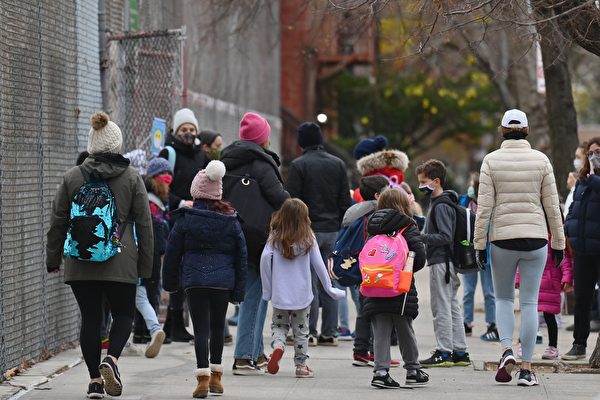According to a report released by New York State Comptroller Thomas DiNapoli on the 16th, in 2022, the child poverty rate in New York State was among the highest in the country, and the gap between the state’s child poverty rate and the national average continues to widen.
The report cited data from the US Census Bureau, indicating that in 2022, 18.8% – nearly one-fifth of children in New York State were living in poverty, higher than the national average child poverty rate of 16.3%, ranking 41st. In other words, there are 40 states where the child poverty rate is lower than in New York State.
At the same time, New York State’s child poverty rate is 6 percentage points higher than neighboring states New Jersey at 12.9% and Connecticut at 12.5%. Compared to other large states in the country including Texas, Florida, Illinois, California, and Pennsylvania, New York State has the second highest child poverty rate, with Texas having the highest at 19.2%.
Poverty is defined as individuals or families unable to afford basic necessities such as food, clothing, and housing. Although New York State’s child poverty rate has shown an overall decline since 2012 when it was as high as 22.8%, the gap between New York State and the national average child poverty rate has continued to widen since 2019. Four counties in the state have particularly severe child poverty rates, with the Bronx at 35.5%, Brooklyn at 27.5%, Chautauqua and Broome Counties at 26.6% and 27% respectively. Nassau and Suffolk Counties have the lowest child poverty rates in the metropolitan area at 6.6% and 7.1% respectively. Putnam County has the lowest child poverty rate in the state at 5.8%.
The non-profit organization Robin Hood, which works against poverty, points out that the increase in poverty is mainly due to stagnant wage growth, rising living costs, and high unemployment rates. The recent state budget in New York includes a $50 million anti-poverty pilot program funded by the federal government, starting in poverty-stricken families in Syracuse, Rochester, and Buffalo. If successful, it will be expanded statewide. However, DiNapoli recommends that the state government increase investment in anti-poverty measures in order to achieve the goal set by the 2021 Child Poverty Reduction Act of reducing the child poverty rate by 50% by 2031.

